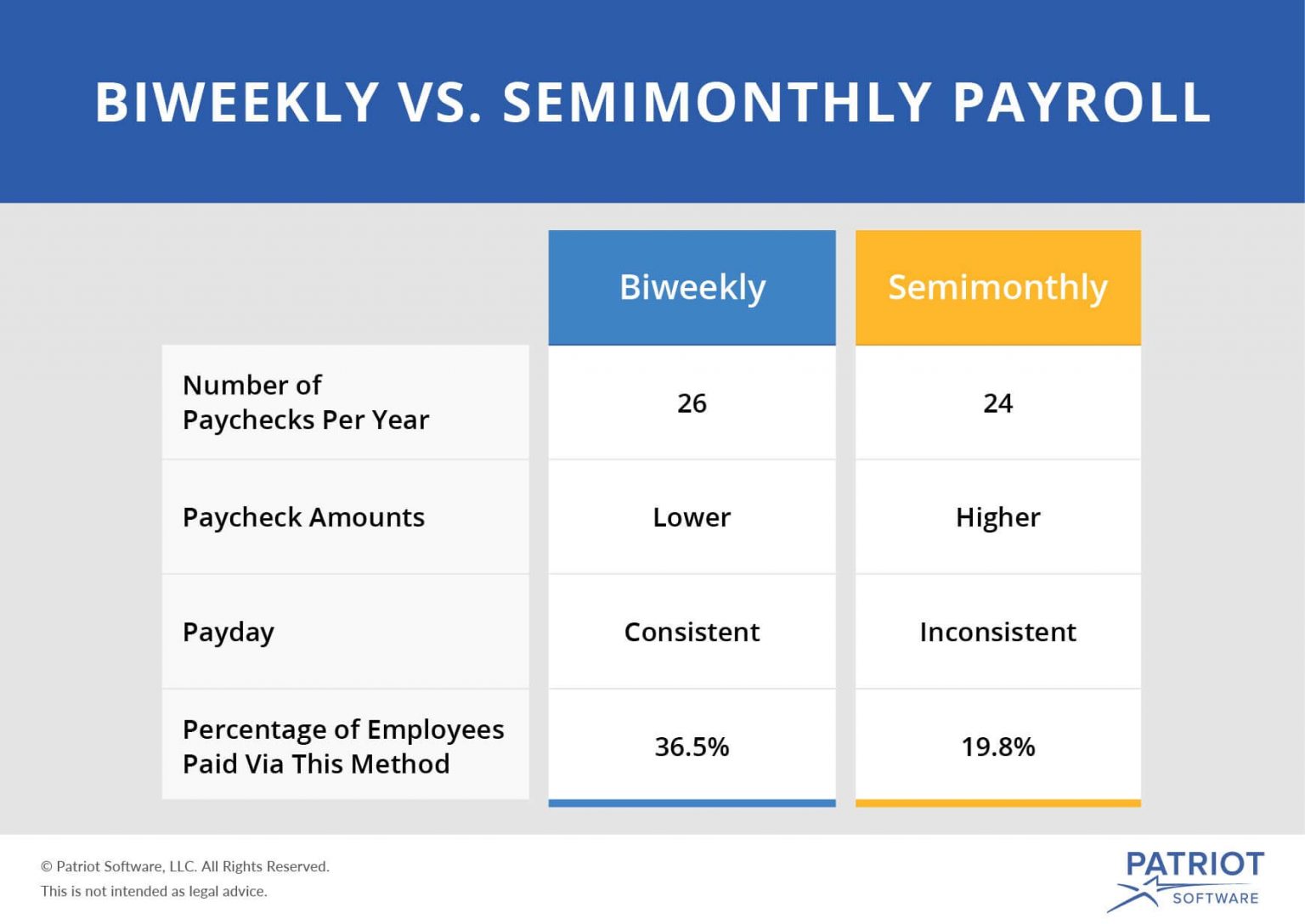Are biweekly and semiweekly the same? Due to their similarities in terms of vocabulary and speaking patterns across different countries, there have always been countless instances of word confusion in the English language. This uncertainty has persisted for many centuries and is predicted to do so in the foreseeable future as well.
So why is there such uncertainty about a word’s two meanings? The reason may be because English language users often determine the correctness of a word without even analyzing its context.
Difference between biweekly and semiweekly?
There has been a usual incorrect practice of inserting the term Bi-weekly where Semi-weekly has to be used since many years. This is because, an addition of prefix Bi in front of these two suffixes confuses users, and they end up making an incorrect word for any sentence.
Bi-weekly is a term used to describe an event that occurs every two weeks while semi-weekly means half a week. So, as you can see, there is no small but a huge difference between these two words. This can in turn change the whole sentence, thus making it difficult for readers to understand the whole context of a sentence.
Does biweekly mean every two weeks or two months?
It has never been clear if the term “biweekly” in English refers to a task repeating every two weeks or twice a week. Although its real meaning cannot be determined, most people prefer to call it as it an occurrence or a timetable that occurs repetitively after every two weeks.
It is also referred to as being fortnightly by many. A bi-monthly would be a suitable term if it happened every two months.
Examples of sentences using biweekly and semiweekly
In daily life, the term biweekly is primarily used in relation to payroll or publications. see for instance:
1) This channel releases a new podcast every other Monday. This podcast is released biweekly on Mondays.
2) This company pays its staff $30,000 in salary biweekly
3) She makes biweekly rent payments of $10,000.
Semi-weekly is used when there are tasks scheduled on a particular day of week, for example:
1) They needed a break from their daily life chores, which Kelly’s biweekly excursions to Amanda’s home visit on every Sundays and Wednesdays provided
2) There will be a semi-weekly board meeting every week on Thursdays.
3) She moved to a full day treatment program in Brooklyn that eventually became semiweekly after residing in the center’s residential treatment program in upstate New York.
Does a company pay on a biweekly pay schedule?

More than 30% US companies pay their employees a biweekly payroll every other week. This results in a 26 payroll in total for employees.
Using this biweekly payroll system has many advantages for both HR and its employees. Some insights into this:
In case of HR:
1) Time saving and overtime calculation made easy
2) No payroll error
3) save payroll charges in payroll payment
Employees benefits:
1) Helps in management of their finances
2) Sense of financial security
Conclusion
Using a phrasal verb instead of using a single biweekly or semiweekly term can help us in preventing word confusion and similarity. Besides, a doubtful sentence should be clarified by explaining the contexts of a sentence.
Whatever the conclusion points out to, a sentence should always be written in a clear and concise manner. This is not to confuse its readers with its actual context.
Inside this article
Fact checked:
Content is rigorously reviewed by a team of qualified and experienced fact checkers. Fact checkers review articles for factual accuracy, relevance, and timeliness. Learn more.
Core lessons
Glossary
- Abstract Noun
- Accusative Case
- Anecdote
- Antonym
- Active Sentence
- Adverb
- Adjective
- Allegory
- Alliteration
- Adjective Clause
- Adjective Phrase
- Ampersand
- Anastrophe
- Adverbial Clause
- Appositive Phrase
- Clause
- Compound Adjective
- Complex Sentence
- Compound Words
- Compound Predicate
- Common Noun
- Comparative Adjective
- Comparative and Superlative
- Compound Noun
- Compound Subject
- Compound Sentence
- Copular Verb
- Collective Noun
- Colloquialism
- Conciseness
- Consonance
- Conditional
- Concrete Noun
- Conjunction
- Conjugation
- Conditional Sentence
- Comma Splice
- Correlative Conjunction
- Coordinating Conjunction
- Coordinate Adjective
- Cumulative Adjective
- Dative Case
- Determiner
- Declarative Sentence
- Declarative Statement
- Direct Object Pronoun
- Direct Object
- Diction
- Diphthong
- Dangling Modifier
- Demonstrative Pronoun
- Demonstrative Adjective
- Direct Characterization
- Definite Article
- Doublespeak
- False Dilemma Fallacy
- Future Perfect Progressive
- Future Simple
- Future Perfect Continuous
- Future Perfect
- First Conditional
- Irregular Adjective
- Irregular Verb
- Imperative Sentence
- Indefinite Article
- Intransitive Verb
- Introductory Phrase
- Indefinite Pronoun
- Indirect Characterization
- Interrogative Sentence
- Intensive Pronoun
- Inanimate Object
- Indefinite Tense
- Infinitive Phrase
- Interjection
- Intensifier
- Infinitive
- Indicative Mood
- Participle
- Parallelism
- Prepositional Phrase
- Past Simple Tense
- Past Continuous Tense
- Past Perfect Tense
- Past Progressive Tense
- Present Simple Tense
- Present Perfect Tense
- Personal Pronoun
- Personification
- Persuasive Writing
- Parallel Structure
- Phrasal Verb
- Predicate Adjective
- Predicate Nominative
- Phonetic Language
- Plural Noun
- Punctuation
- Punctuation Marks
- Preposition
- Preposition of Place
- Parts of Speech
- Possessive Adjective
- Possessive Determiner
- Possessive Case
- Possessive Noun
- Proper Adjective
- Proper Noun
- Present Participle
- Prefix
- Predicate



